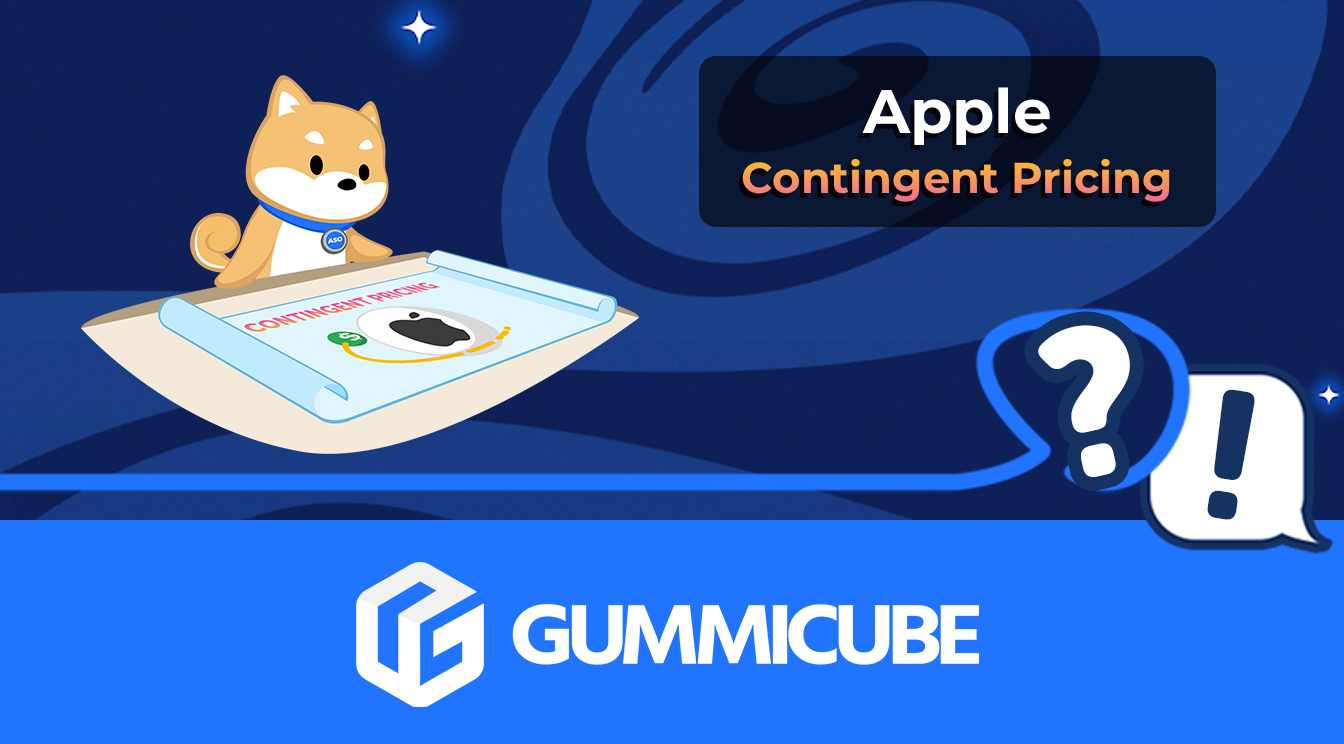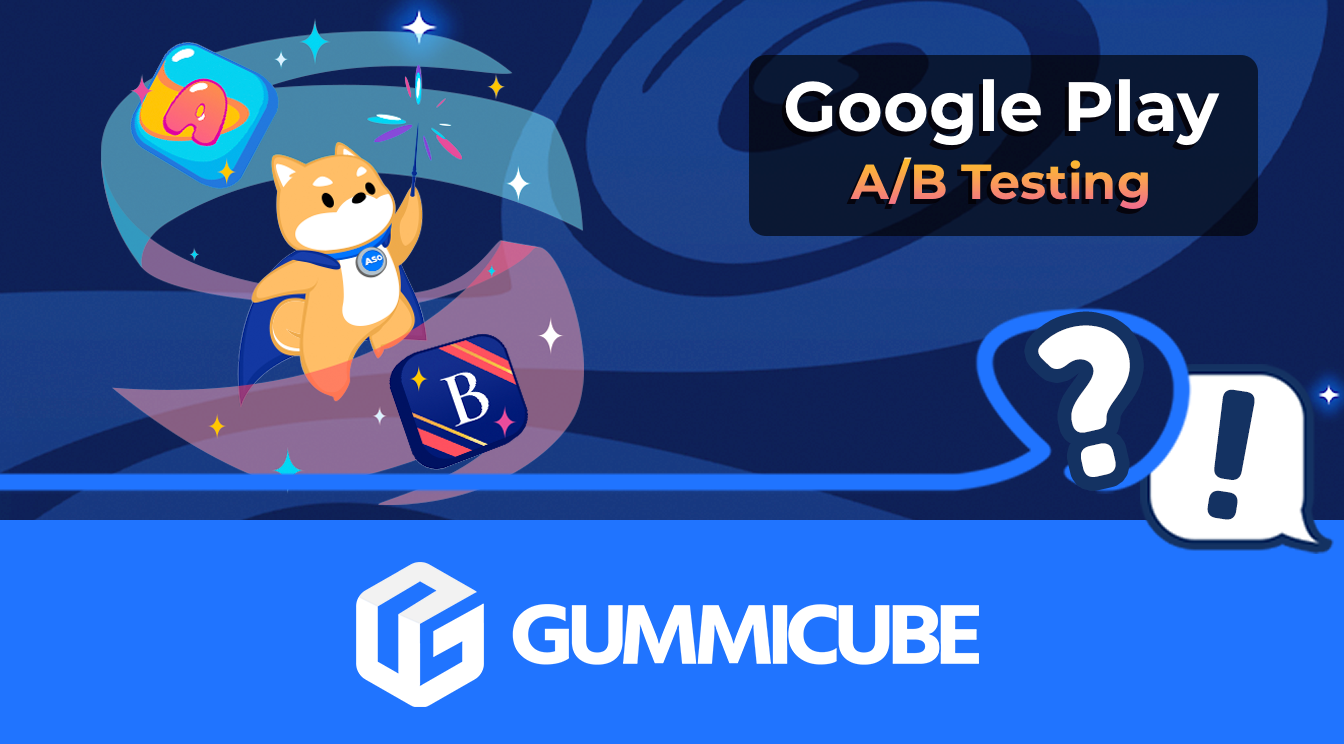
App Store Screenshot Dimensions & Guidelines
Posted on August 1st, 2024
Make sure your app stays compliant with the latest App Store Screenshot Dimensions & Guidelines here

When it comes to driving conversions for your mobile app, one of the most important elements is the app description. This 4,000-character field acts as the meat and potatoes of your app listing information, providing insight into all the relevant features within your app. In this ASO Academy, we'll define what exactly an app description is and what you need to know to set your description up for success.
The full description is a section of your app listing that provides an in-depth overview of app features, benefits, and overall functionality. It allows you to showcase your unique value proposition in more detail and provide users with a deeper understanding of what they can expect once they download.
An optimized app description is effective in informing and converting potential users, as it cohesively combines useful information and engaging copy. By taking into consideration the following factors, you can create an app description that engages, informs, and converts.
In an age where user attention can drift in just a moment, the way your description is put together will play a significant role in whether users continue to read or lose interest. From paragraph structuring to how your copy flows, your description is a place that can effectively showcase what your app offers when organized in line with ASO best practices.
In a field that offers 4,000 characters to explain the ins and outs of your app, the description is a great place to go into detail about what makes your app special. However, a generous character count in comparison to other app listing elements doesn’t mean you should stuff app information without careful consideration. Understand how users read and guide them through concise paragraphs and feature highlights to get your point across in short bursts of information rather than long blocks of text.
After organizing your information optimally, you can begin to study how the words you use can influence potential users to download. A strong starting point is to begin your app description with an engaging hook – one that touches upon a user’s biggest pain point or calls to a unique feature that aligns exactly with the need they want to fulfill.
Throughout the description be sure to call out individual features and how they relate to what a user is looking for. This can be a gameplay mechanic, in-app event, product callout, or anything in between. Do all of this through clear and simple language, avoiding technical jargon, and you’re on the right track to secure more downloads.
Keywords are also crucial to optimizing a full description but how you implement them varies depending on which platform you are working on. Indexation occurs in different app listing elements on the App Store and Play Store. Your Play Store description is always indexed, and your App Store description is only indexed if you are running Search Ads.
With that in mind, you’ll want to approach description keyword optimization strategically. In order to use them correctly, avoid overstuffing your description with keywords just for the sake of more targeting opportunities. This can negatively impact readability (something we know is essential) and can even lead to App Store and Play Store penalties.
The stores’ algorithms prioritize the beginning of the app description, so including relevant keywords in the first few sentences is essential to specify which terms are important for keyword targeting. Long-tail keywords, which are more specific and potentially less competitive, are also useful for targeting a particular audience.
Both the App Store and Play Store have their own set of guidelines for app descriptions. Implementing the following best practices will help avoid rejection and streamline your publication process:
A well-crafted app description can be a powerful tool for engaging and converting potential users. By focusing on structure, readability, and keyword implementation, developers can optimize their app's visibility in the app stores and improve their chances of success. However, it's essential to follow the guidelines provided by each platform to ensure that the description meets requirements and is approved. With the right approach, an optimized app description can help developers showcase their app's value and encourage users to download and engage with their product.
Need help with your app description? Get in touch with the ASO experts at Gummicube today!

Make sure your app stays compliant with the latest App Store Screenshot Dimensions & Guidelines here

Soon developers will be able to extend their customer lifetime value with a handy new way of providing subscription offers directly through Apple. Contingent Pricing looks to act as a revolutionary new system for leveraging new upsell & cross-sell opportunities all within Apple’s ecosystem.

Have you ever A/B tested your Google Play listing? If not, you're probably navigating the Play Store marketing blind, and leaving valuable installs on the table.